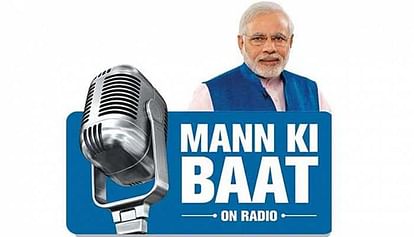
According to a survey by the Indian Institute of Mass Communication (IIMC), education and information about India's grassroots innovators were ranked among the most influential topics raised by Prime Minister Narendra Modi in his monthly 'Mann Ki Baat' programme. Interestingly, the survey found that the internet was the preferred platform to listen to Mann Ki Baat, which was originally envisaged as a radio programme.
A total of 890 people associated with the media from 116 news organisations, academic institutions, and universities across the country participated in the study, which found that 40 percent of respondents mentioned 'education', while 26 percent said 'information about grassroots innovators' were the most influential topics of the programme.
Mann Ki Baat was first aired on October 3, 2014, and has completed 99 episodes to date. The 100th episode of Mann Ki Baat is scheduled to be aired on Sunday, April 30.
The IIMC study found that 76 percent of media professionals who participated in the study believed that the radio programme had played a significant role in introducing the "real Bharat" to their countrymen. According to the respondents, 'Knowledge about the Country' and 'PM's Vision about the Country' are the two important reasons that motivate them to listen to the programme.
The study also found that 32 percent of respondents said they share their thoughts on the issues discussed in the programme with their family members, while 29 percent said they discuss the topics with their friends and colleagues. In terms of platforms used to listen to Mann Ki Baat, 12 percent of respondents use radio, 15 percent use television, and 37 percent use internet-based platforms.







